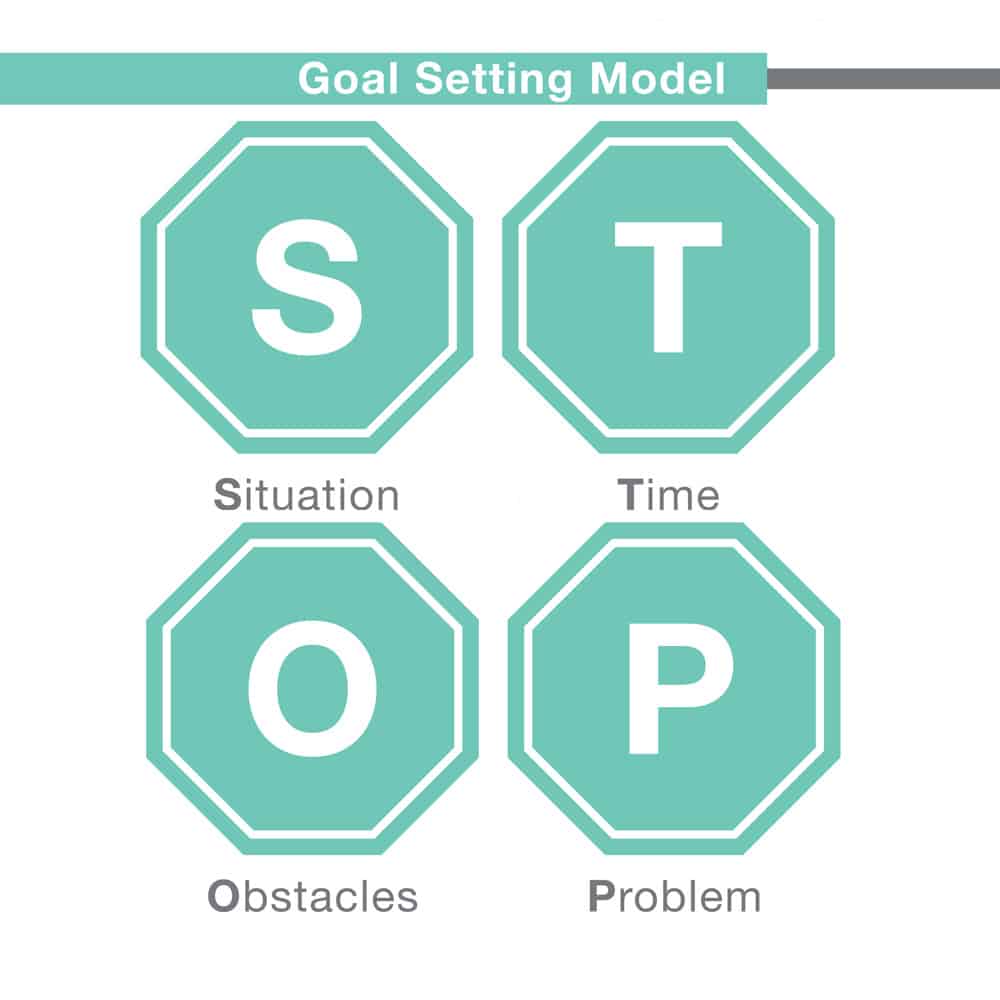Ambitious journeys
Does your company have a long-term vision which remains far on the horizon? If your organisation is lacking a clear trajectory, setting smaller and more achievable goals will make it easier to make your vision a reality.
It is obvious that goals are objectives that we strive to attain, but theories of goal setting in organisational settings dig a little deeper into the concept and management of these goals.
Read on for advice on how to structure your goals to ensure they are as strong as possible and result in positive returns.

Locke’s Goal Setting Theory: (Lathan, Ganegoda, Locke, 2011).
PANDEK Group’s goal setting specialism is backed up by Locke’s theory, which states that:
A specific high goal leads to higher performance than an easy goal, no goal or a vague goal such as ‘do your best’.
Given goal commitment, the higher the goal, the higher the performance
Variables such as feedback or knowledge of results, participation in decision-making, competition, and incentives only affect an employee’s performance to the extent that they lead to the setting of and commitment to a specific high goal.

Why set goals?
Setting continuous goals has been found to increase the chance of employees:
- Remaining in their job during poor economic climates
- Receiving promotions
- Receiving other bonuses, such as a salary increase
What are SMART Goals?
SMART is an acronym conceptualising criterion for creating solid goals. SMART goals are renowned in many industries, especially in business contexts.
It stands for:
S – Specific
M – Measurable
A – Achievable
R – Realistic/Relevant
T – Time
Using this goal setting criteria helps to sharpen decision making and increase awareness of pre-existing strengths of weaknesses.



